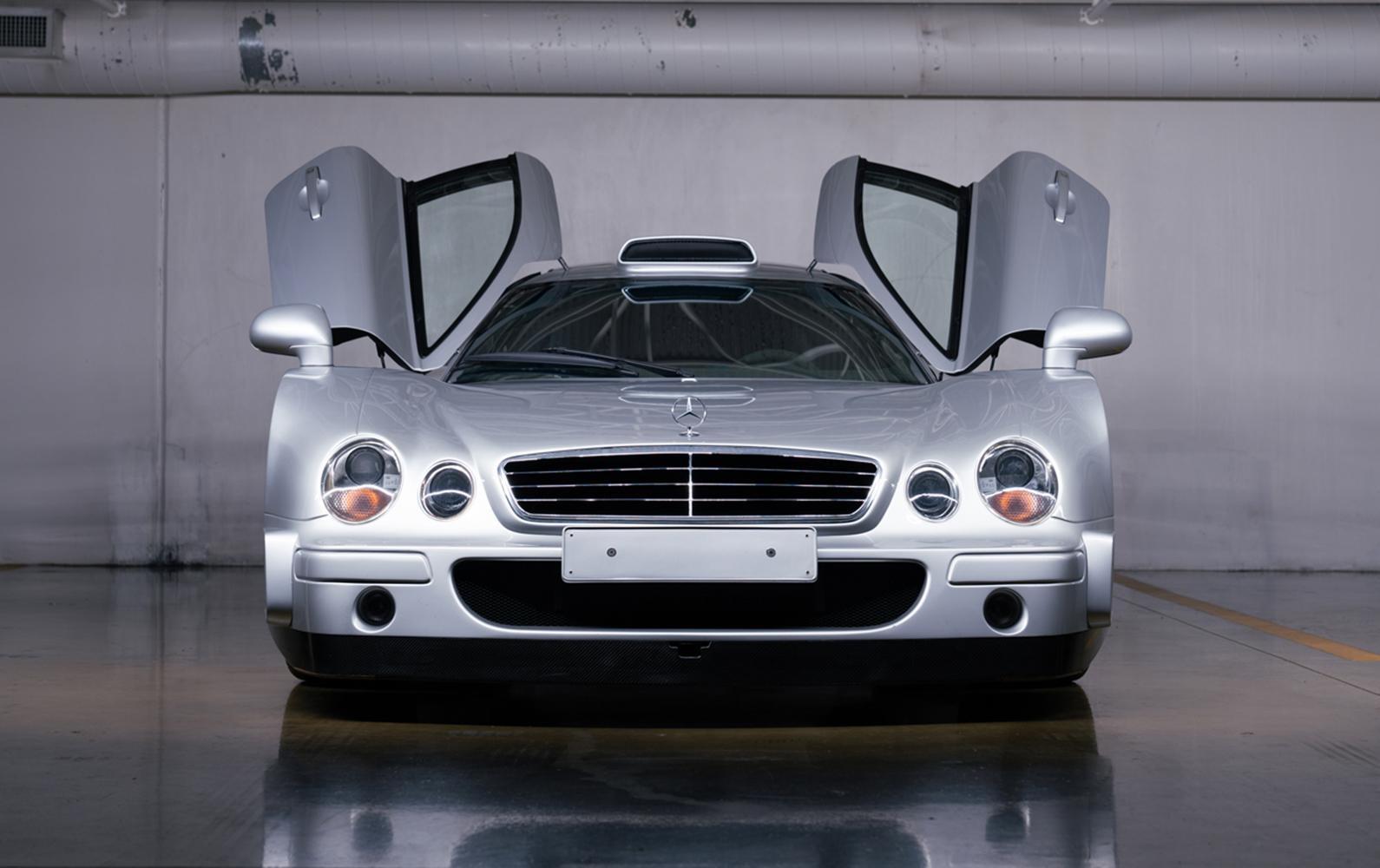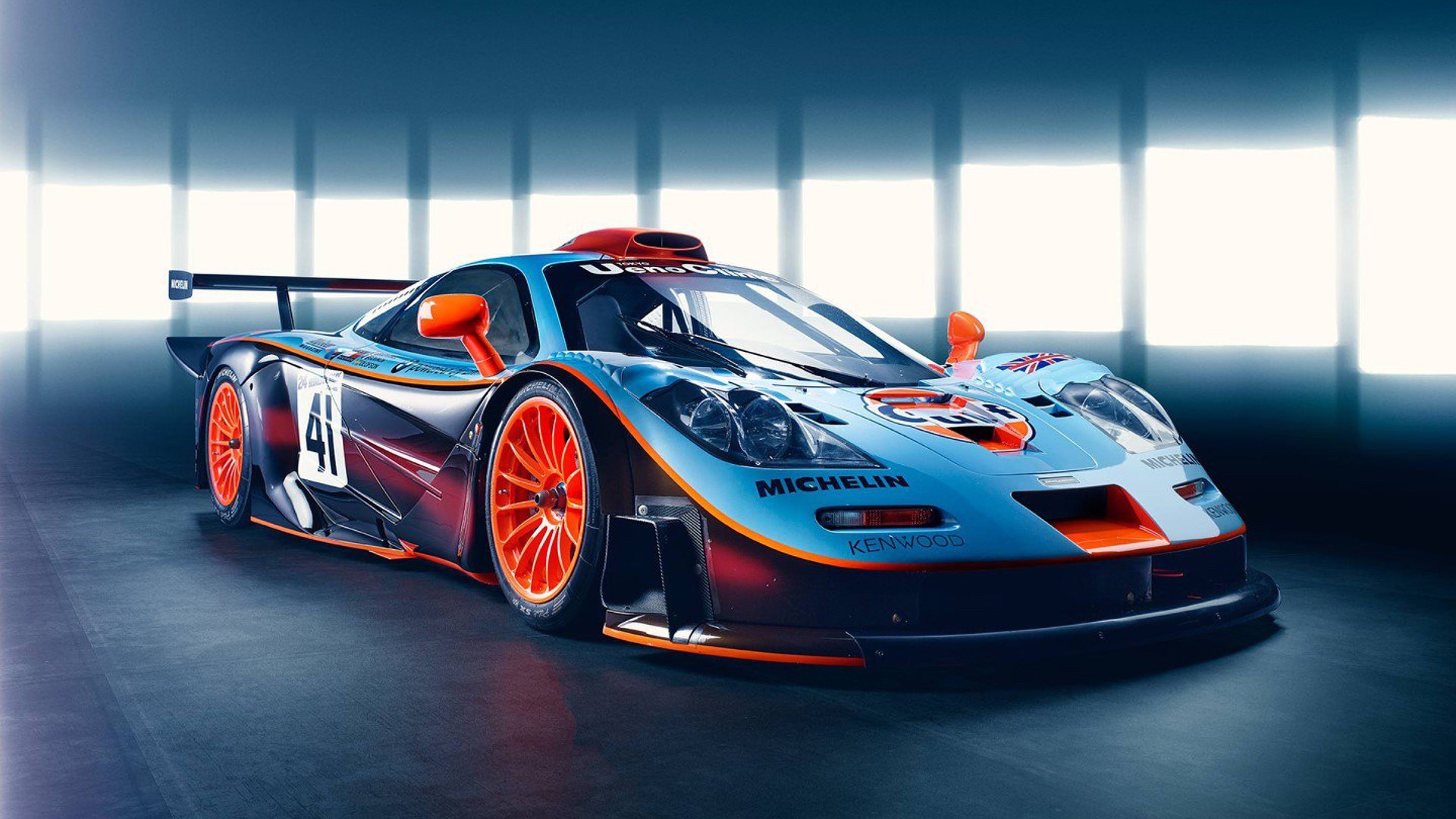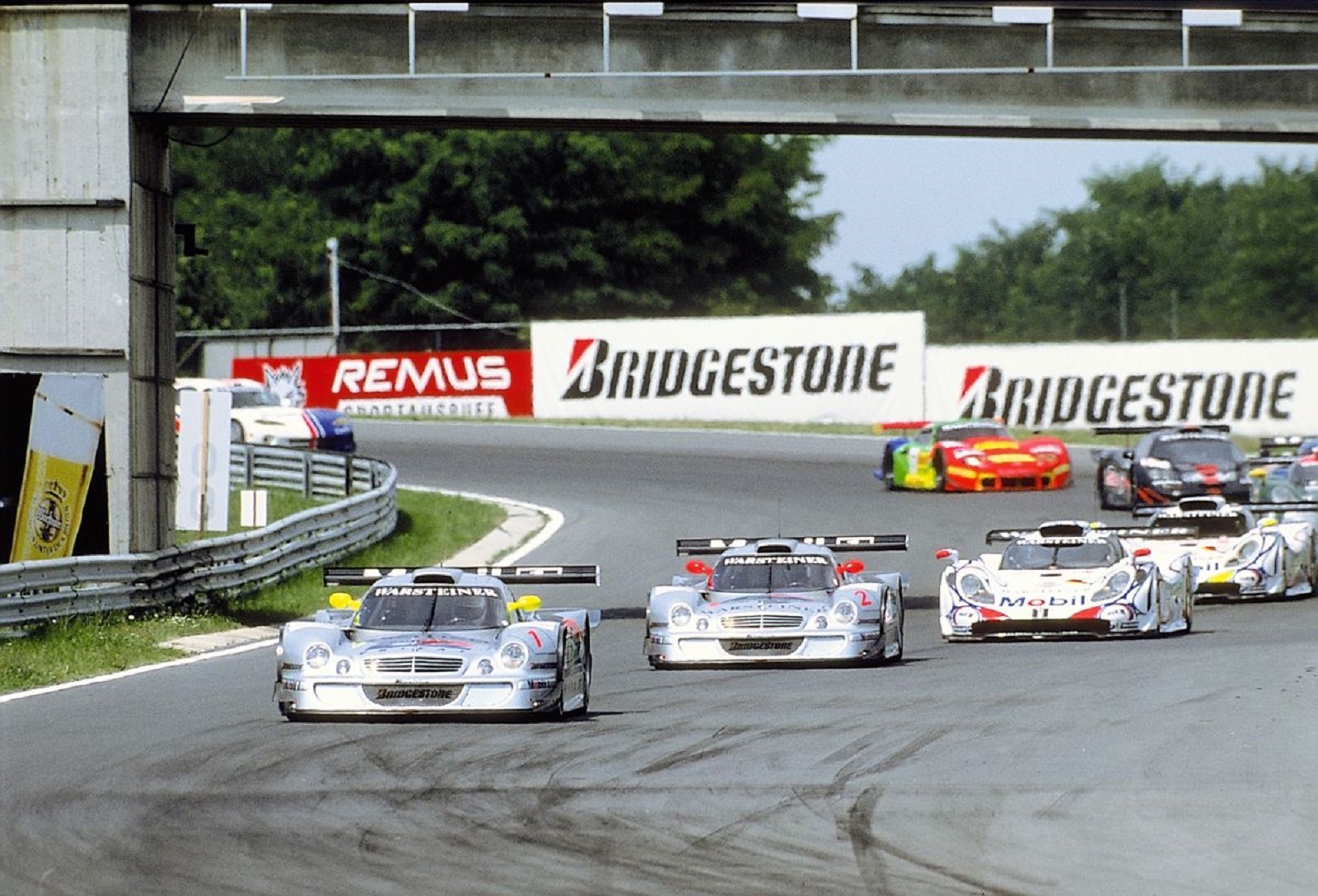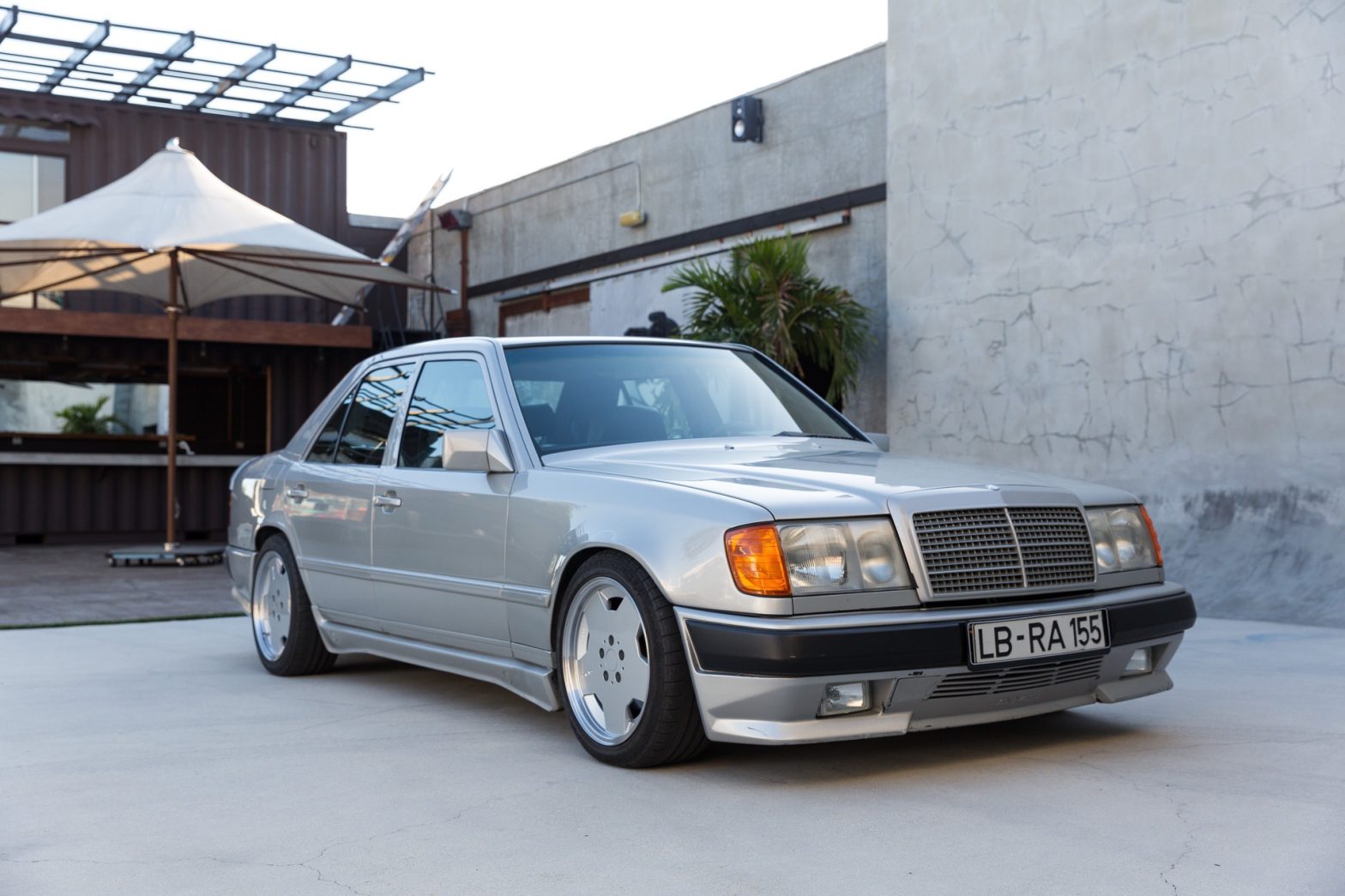In the era of AMG performance beasts like the GT63 S and the AMG GT Black Series, it is quite easy to forget past AMG monsters that ruled imperiously within the automobile world. For example, there was the AMG Hammer, once the world’s fastest passenger sedan, with a 190 mph top speed.


Then in the ’90s, we had what remains one of the most enduring symbols of extreme automobile performance—the imposing Mercedes-Benz AMG CLK GTR. The supercar rightfully takes its place in the automobile hall of fame, alongside other legends like the Ferrari F40 and the McLaren F1.
A One-Time World’s Most Expensive Car


In August 2021, an AMG CLK GTR popped up for sale at Gooding and Company’s Pebble Beach auction event. The renowned auction house estimated a final sales price between $8.5 million and $10 million.
The AMG supercar is no stranger to such stratospheric amounts. When it debuted in 1997, it broke the record for the most expensive production car ever made, courtesy of an eye-watering $1.5 million price tag. That’s about $2.7 million in today’s value.
Mercedes-Benz firmly believed that its AMG powerhouse was worth every penny. Here, we attempt to shed some light on that conviction by examining what the Mercedes-Benz CLK GTR was all about.
A Successful Racing Pedigree
The DTM racing series (German Touring Car Championship) was cancelled after the 1996 season, with Mercedes being the only team left after Alfa Romeo and Opel pulled out. As it happened, the BPR Global GT Series was taken over by the FIA at about the same time and rebranded as the FIA GT Championship.


Suddenly, Mercedes Benz sensed a fresh opportunity to reenter the world of competitive racing. There was also the prospect of going up against the McLaren F1 GTR, the dominant GT car at the time.
It was all too much to resist, and the idea of a worthy challenger was born. The teams at Mercedes and AMG did not have a lot of time. However, they sure delivered in what was a remarkable feat of engineering, helped along by computer-aided design, clay modelling, and, cheekily enough, a McLaren F1 GTR ‘test mule’. In just 128 days, they had designed, built and tested a race-ready car—the CLK GTR GT1 race car.
The McLaren F1 GTR did not give up its crown without a fight, and it was not until the fourth race of the 1997 season that the CLK GTR won its first race. There was no stopping the AMG supercar after that, and it cruised to victory in five of the remaining seven races of that season, earning Mercedes-AMG both the Driver and Team Championship titles.


Unfortunately, the CLK GTR’s reign on the tracks was short-lived; the pace of motorsports development quickly rendered it outdated. In 1998, the CLK GTR race car competed in only two races—winning them both—before it was replaced by the CLK LM, an upgraded variant.
As part of homologation requirements to participate in the FIA GT1 category, Mercedes-AMG was required to build at least 25 road-going examples of its race car. It complied, and the Mercedes-AMG CLK GTR Strassenversion (German for ‘street version’) was born.
Highlights of the Mercedes-AMG CLK GTR Strassenversion


The road-legal CLK GTR shared most of the styling and performance attributes of its race-oriented sibling. The notable differences included a redesigned rear wing on the Strassenversion, replacing the ‘tail’ of the racecar.
The CLK GTR road cars also came with a battery charger, first-aid kit, air-conditioning system, leather upholstery, and a traction control system for improved safety. The vehicles were also set up with softer suspension and a higher ride height to make them more adaptable to public roads.
Both the racecar and its road car variant shared the same powerplant. However, the Mercedes-AMG CLK-GTR road cars actually featured a larger displacement engine than the racecar. They were fitted with a 6.9-litre V12 naturally aspirated engine (compared to a 6.0-litre V12 for the GT1 race car) that cranked out 604 hp at 6,800 rpm and 572 lb-ft of torque at 5,750 rpm.
That power was fed to the rear wheels via a 6-speed paddle shifter and was enough to propel the car to 60 mph in 3.3 seconds—to a top speed north of 200 mph, which is impressive even by today’s standards.


There was an even more potent variant, dubbed the CLK GTR Super Sport. Some reports claim only two units were made, each driven by a raging 7.3-litre V12 that produced a thumping 711 hp at 6,600 rpm and 580 lb-ft of torque at 5,250 rpm.
The same engine later powered cars like the Pagani Zonda and Mercedes SL73 AMG. It was enough to make the CLK GTR one of the most powerful road cars at the time.
The CLK GTR featured extensive use of carbon fibre and kevlar to keep the overall weight down and maximise the power unleashed from the engine. Such lightweight materials are the norm today in supercar development, but back then, it was still considered something of a novelty and just another reason why the CLK GTR was such a stand-out machine.
A ‘Unicorn’ in the Automotive World


There are conflicting reports about the total number of road-going CLK GTRs built. Most put the number at twenty-five units, broken down into twenty coupes and five roadsters (some say there are six roadsters). Whatever the actual count, the fact is that there are less than thirty units out there today, making it a collector’s grail today. It’s even rarer than cars like Ferrari F40, F50, McLaren F1 and the Jaguar XJ220.
It might have been worth $1.5 million when it first launched, but its value has significantly increased since then. That brings us back to the earlier mentioned CLK GTR that was put up for auction in 2021 by Gooding & Company. This was a pristine example with less than 1,000 miles on the odometer. Unfortunately, the car was not sold at that event, even though there was a high bid of $7 million. The sellers obviously believed the CLK GTR Strassenversion was worth more than that, and you know what? They may just be right.

